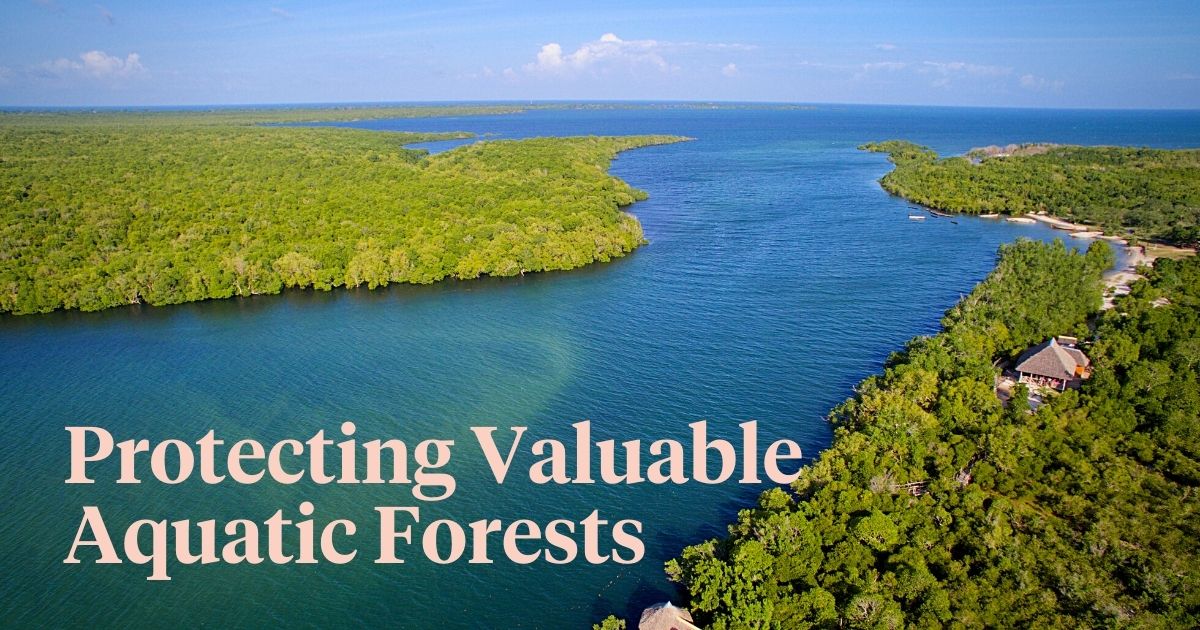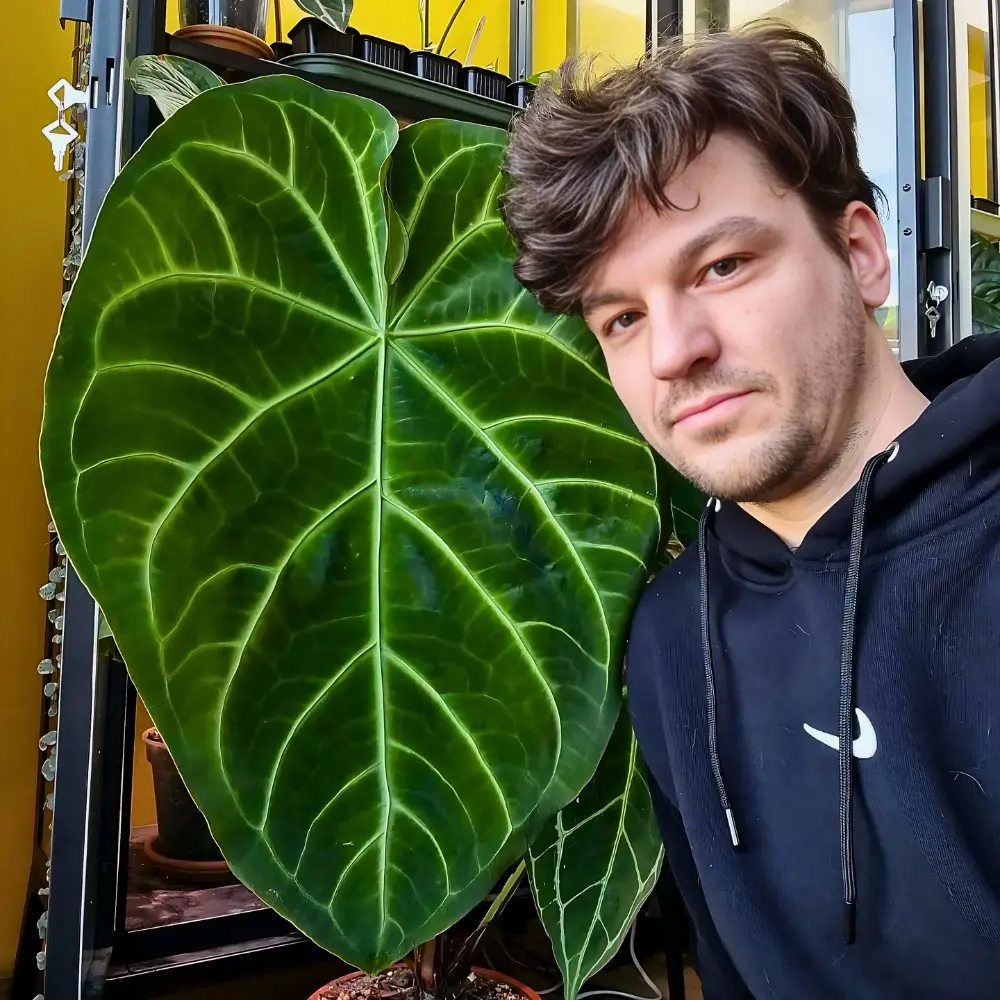While one may think of Kenya as just a tropical country that mostly hosts terrestrial forests, still aquatic forests located in the East African nation’s coastal parts, thrive and are also a spectacle to remain unnoticed. These are mangrove forests.
These marine forests in the country cover about sixty-one thousand hectares in the country, and while this may feel like quite a small portion, they have not only played a significant role for people living in the region but also act as key resources in environmental conservation.
Mangrove Cultivation in the Kenyan Coastal Region
Mangroves are trees that thrive in tropical regions and grow in saline waters along coastal areas. From above, they form a beautiful green carpet that is crisscrossed with tributaries and rivulets draining into the Indian Ocean forming beautiful patterns.
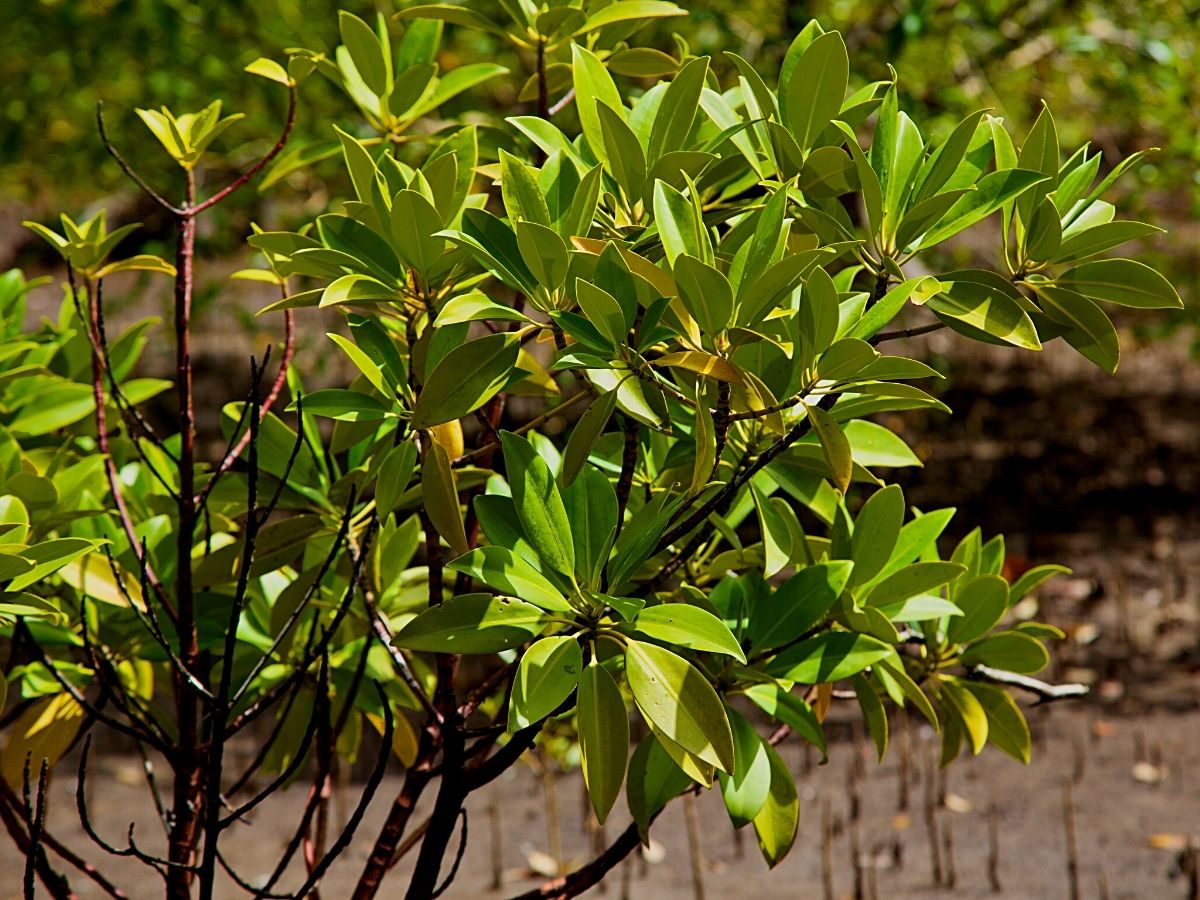
As much as they cover a greater part of Kenya, the United Nations Educational, Scientific and Cultural Organization (UNESCO), a specialized agency of the UN indicates that mangroves are rare, remarkably extraordinary, and prolific ecosystems that contribute to the well-being, food security, and protection of coastal communities worldwide. Plus, they support a rich biodiversity and provide a valuable nursery habitat for fish, crustaceans, and numerous other aquatic and ocean-dwelling creatures.
Mangroves also act as a form of natural coastal defense mechanism against storm surges, tsunamis, rising sea levels, and erosion. The soils upon which they grow are highly effective carbon sinks, sequestering vast amounts of this substance. They are also exceptional in that they only represent less than 1% of all tropical forests globally, as well as the total overall forest cover.
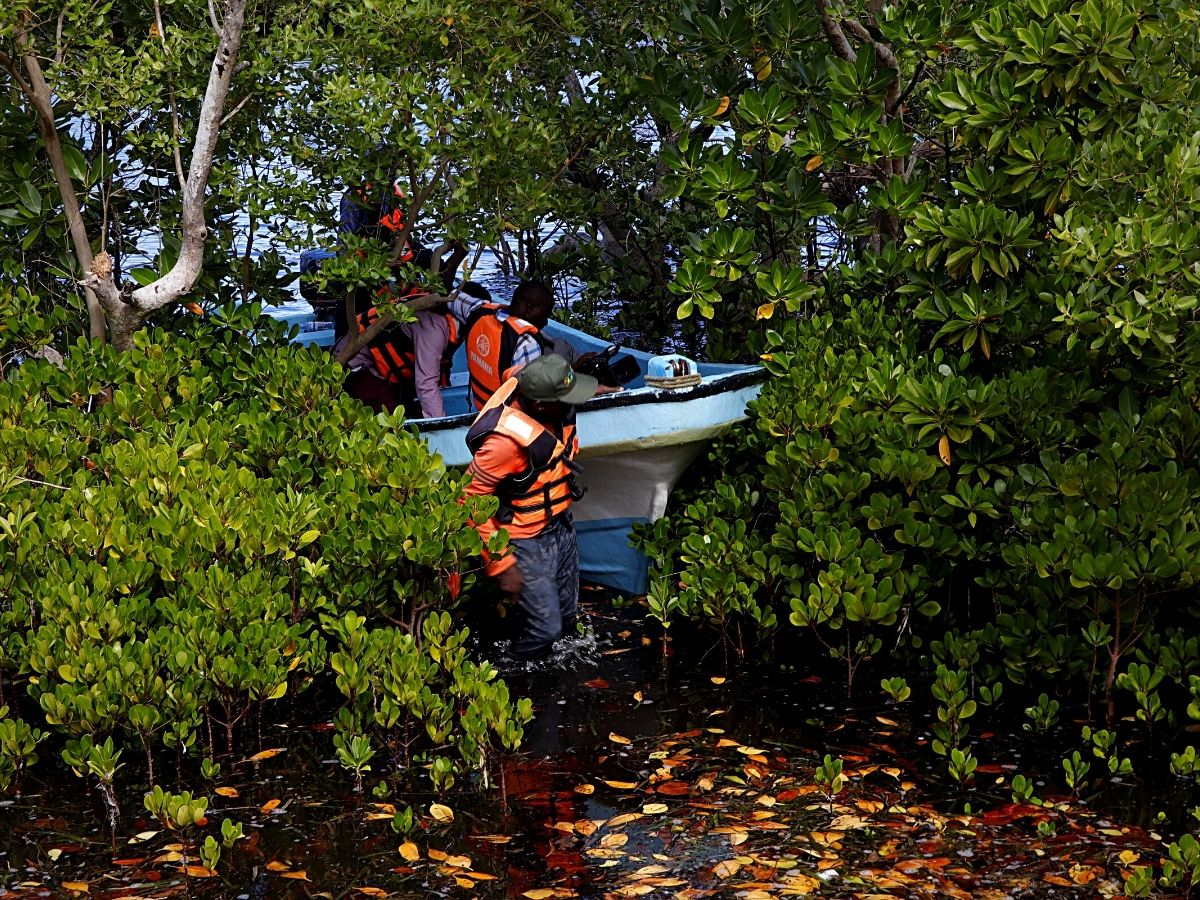
There Are Efforts to Conserve These Trees in the Region
For many years, these ecosystems had just seemed like normal forests sandwiched between land and the sea, with communities living around them cutting the trees for fuelwood and construction purposes. In fact, the majority of the traditional houses built in the coastal areas, in Kenya and other regions, are built using mangroves. Because these trees are loved by the locals due to their good quality. Well, that was until more research revealed how unique these ecosystems are and the reasons why they need to be conserved.
According to the International Union for Conservation of Nature (IUCN) the ability of mangroves to provide food, shelter, and livelihoods, while harboring incredible biodiversity, building coastal resilience, and acting as vast carbon sinks, make the tree’s protection and restoration a necessity. Yet effective nature-based conservation solutions for these forests are key to fighting climate change.
In Kenya, Lamu County which borders Somalia to the north has the highest coverage of mangrove forests. A number of organizations have come together to, not only educate the community to protect these ecosystems but also create guidelines that will minimize the destruction of more of these trees.
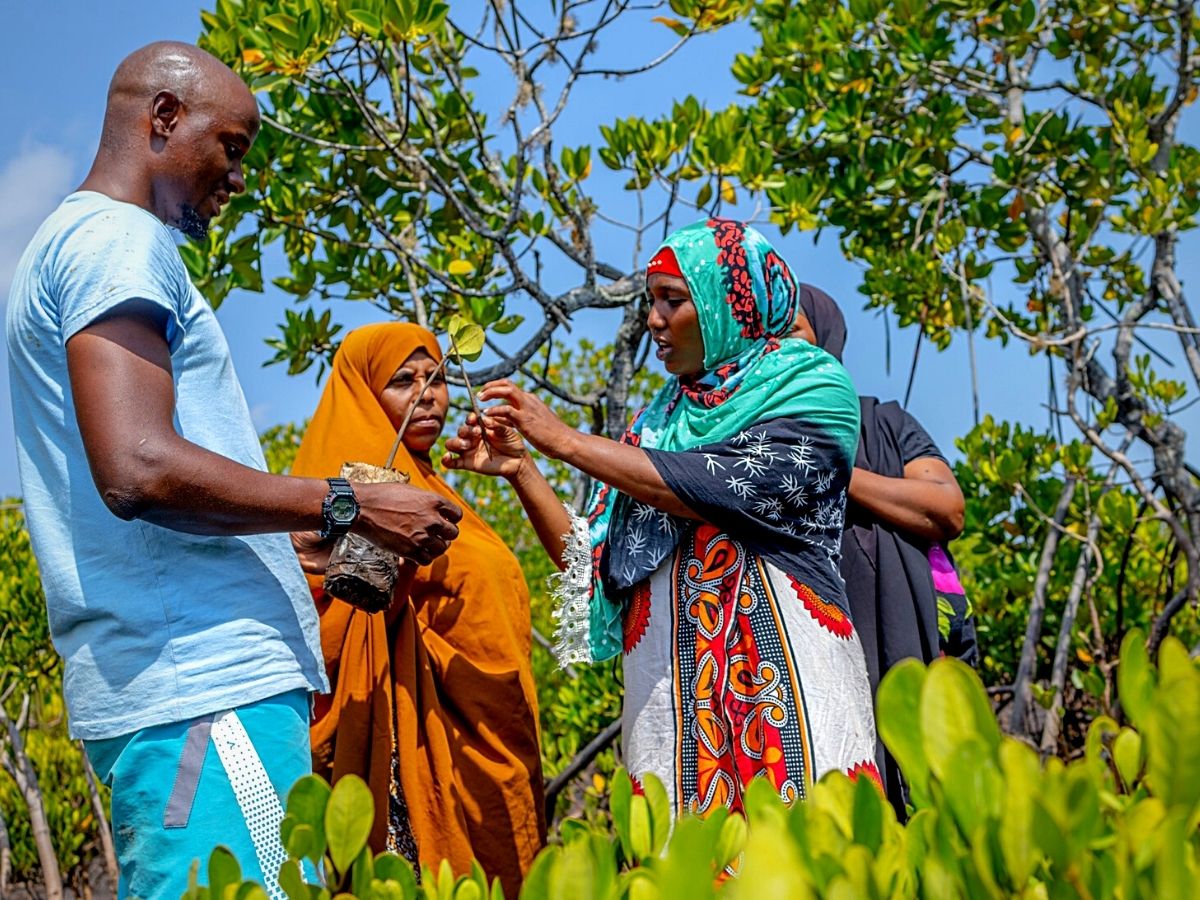
The same can be said of Kwale County, a region that borders Tanzania along the Kenyan coast. Kwale, in particular, hosts the world’s first conservation project of mangroves where communities earn from growing the trees. The locals get paid through the carbon credits concept.
The rationale behind this concept is in mangroves’ ecological benefits. They have an inherent ability to sequestrate carbon from the atmosphere and store it underground.
One such project is a community-led initiative known as ‘Mikoko Pamoja,’ which is a Swahili phrase that translates to ‘Mangroves Together.’ Since its inception in 2012, locals have benefited from the initiative which is based at a small settlement called Gazi, through their different activities focused on reforestation. It has also created a paradigm shift among the locals, making more than 3,000 villagers change their views on mangrove trees and their conservation. The community is one of the numerous others in Kenya benefitting from the emergent concept of Carbon Credits.
In this model, global clients - often international companies and industries - pay compensation for greenhouse gas emissions. They make remunerations for locals’ efforts to restore mangrove forests, which is regarded as recompense for the emissions they produce. This is called carbon offsetting.
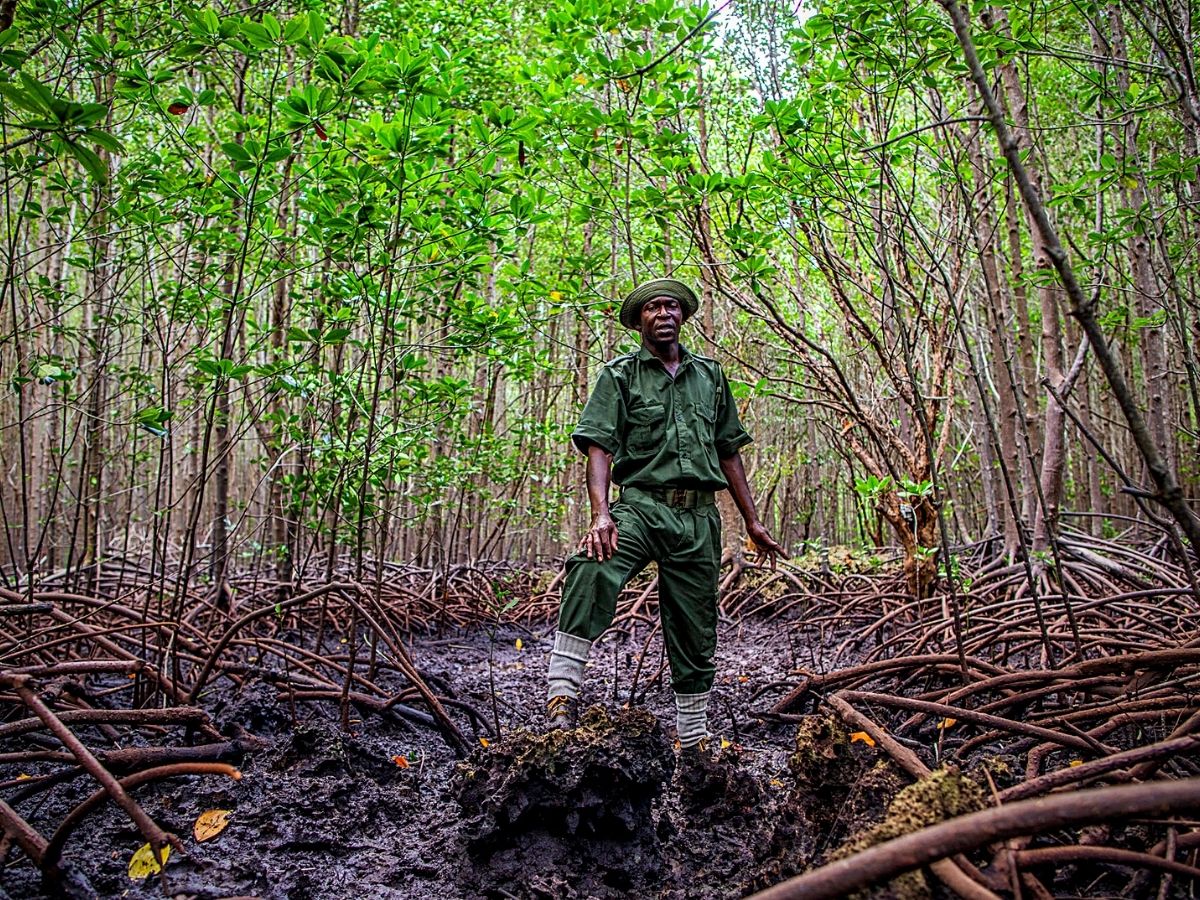
The indigenous community in Gazi has been conducting this activity for the past several years earning at least $20,000 annually from their conservation efforts, despite recent debates indicating that the carbon credits concept could be an enabler of climate change as it gives the ‘emitters’ a license to keep releasing greenhouse emissions all the while, paying the affected countries for the restoration of the forests.
Other than in Gazi, the success of the Mikoko Pamoja project led to the launch of another similar one called the Vanga Blue Forest project which has enabled the protection of 460 hectares of mangroves and supports community development projects with more than 9000 people. Vanga is a far-flung township near the border of Kenya and Tanzania.
Here, more than 9,000 tons of carbon are deposited in the mangrove forests’ subterranean ecosystems, while the people earn approximately $30,000 to support the restoration projects. These funds often go into building amenities such as classrooms, health centers, and other community facilities.
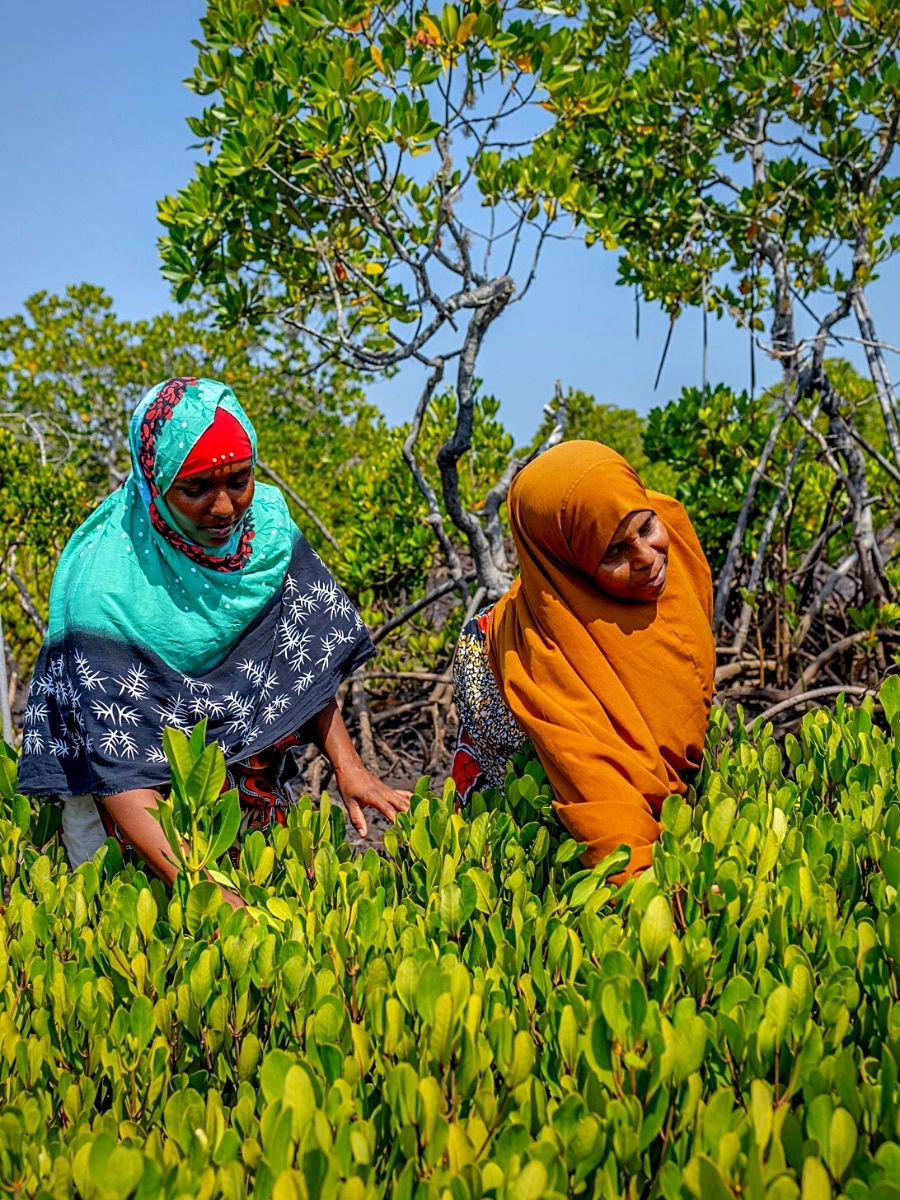
Yet another carbon offsetting project is set to be launched in Lamu County, and once in operation, it will be the largest carbon credit project in Kenya, and the East Africa region. Kenyan officials indicate that they target to sequester at least 100,000 tons of carbon annually through this project, which is equivalent to roughly $1 million in remuneration to the local people annually.
Despite the Challenges, the People Are Realizing the Trees' Benefits
A renowned mangrove scientist, Dr. James Kairu, who works at the Kenya Marine and Fisheries Research Institute (KMFRI), and who is also a leading researcher on mangrove ecosystems acknowledges the importance of conserving these critical ecosystems. This is due to their many benefits in environmental conservation and nature sustainability.
But in spite of these projects, mangroves in Kenya still face threats such as over-harvesting and logging for the trees’ wood, as well as their environment’s contamination. Seaside development projects including hotels, industries, ports, and other infrastructures remain a key stumbling block in the conservation cause.
In some parts, officials have previously reported that the mangrove cover has significantly diminished due to these logging activities. However, Kenya is already setting policies that will help in the conservation of the mangrove ecosystems. The country plans to implement this through a National Mangrove Action Plan.
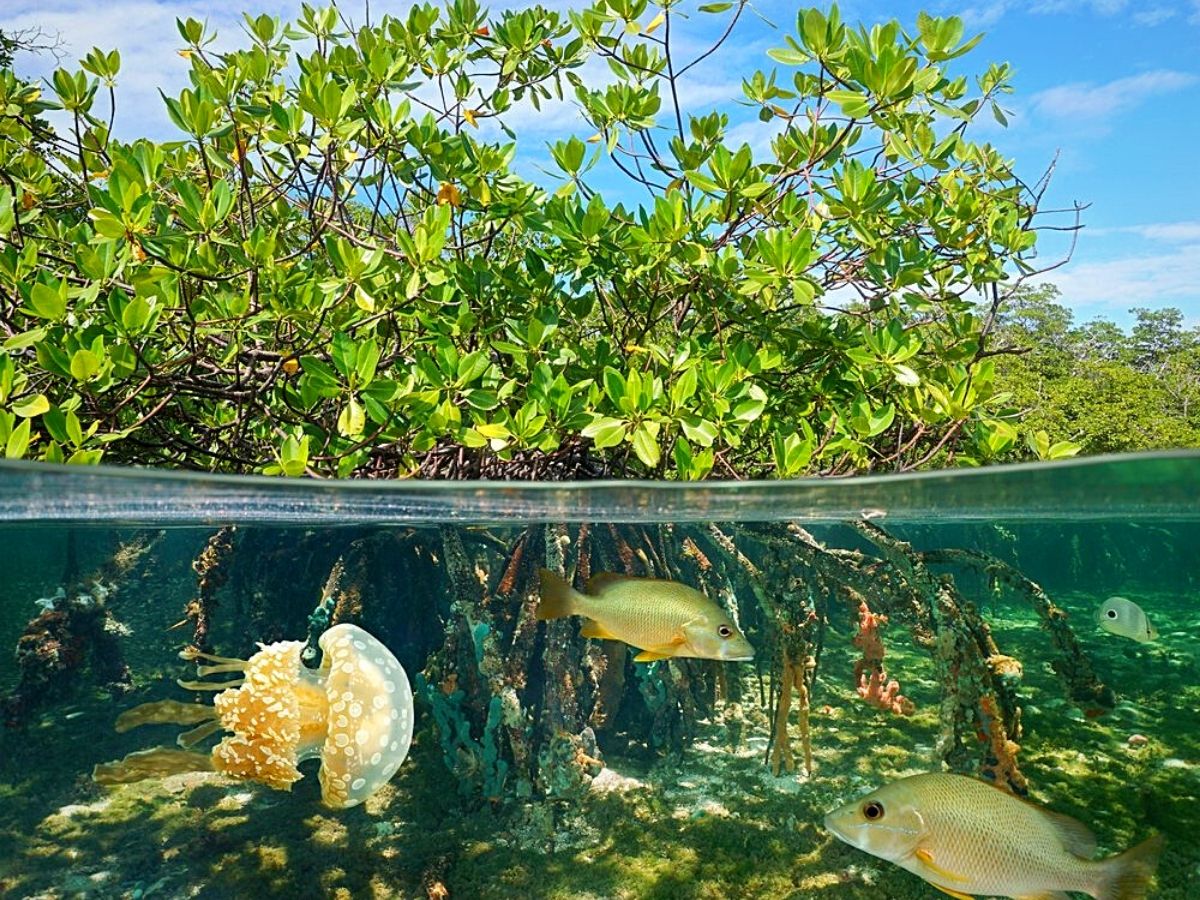
But in the meantime, the communities benefiting from these coastal forests continue to be the overseers, protecting these precious trees, because it is they who know just how important the mangroves are to their livelihoods and the environment.
These communities realize that the disappearance of these mangrove ecosystems not only portends economic challenges but also ecological losses.
Feature image by The Nature Conservancy in Africa, header image by @gridbluecarbon on Instagram.

